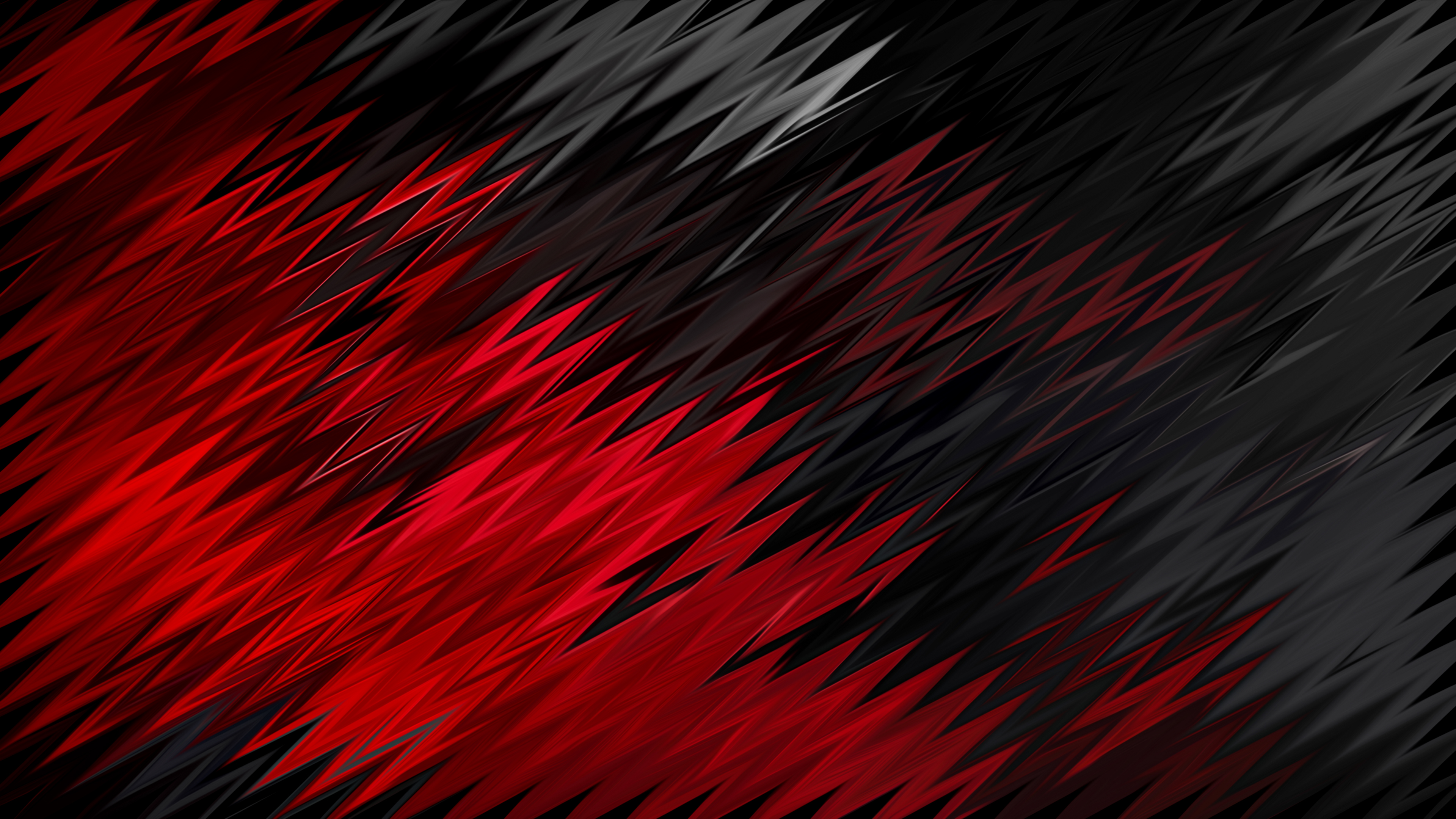
Plates issued to vehicles of the Royal Court bear numbers only, following the standard colour scheme. By chronological order of registration, these symbols can be: The initial letters (CD - Corps Diplomatique) are printed in green or red, followed by a dot "." and 4 symbols (5 symbols in 2010) printed in red.

Diplomats īelgian military number plate, in this case Nr 1 for the King The letter "O" was not used as the 2nd/3rd letter on the six-character plates on the seven-character plates it is used however. Initially the letters I, M, Q and W were never used as the 2nd or 3rd letter, but they were added later to extend the number of available combinations. T or TX: Taxis ("T" is used as initial letter, "TX" when preceded by a number)įor the remaining letters, all letters of the alphabet are used.The vehicle may not be used for commercial purposes or driving between home and work. It is now allowed to drive the vehicle at night or at more than 25 km from the home of the owner. Since July 2013 a few restrictions were lifted. O: Can be used on vintage vehicles which are more than 25 years old ("Oldtimers").CD: Diplomats (CD stands for 'Corps Diplomatique').Sometimes the first letter (or first and second letter) has a special meaning: The combination on the plate does not give any information about the geographical location. In the end it was decided to preserve the red-on-white colour although a darker shade of red (ruby red - RAL 3003) is used. This delay was caused in part by opposition to abandoning the distinctive colour scheme (red characters on white background) in favour of the European standard, which dictates black characters on either a white or a yellow background. In November 2010 Belgium introduced the standard European format as one of the last EU member states to do so. Standard Belgian plates issued before November 2010 measured 325mm by 105mm - smaller than most other European countries, although non-standard (for Belgium) sizes were frequently used for the front plate - in part due to influence from the rest of Europe and in part due to plates carrying additional information such as the Euro flag. The number plate has a white background with red numbers and letters.
#DARK RED BACKGROUND REGISTRATION#
For this reason, although it is quite simple to determine when a given number combination was issued, the number used will give no reliable information about the original registration year of the car to which it is fixed. Number plates normally accompany owners rather than cars: this means that when an owner replaces their car they transfer the old number plate to their new car, while the new owner of the old car will need to associate to it their own existing number plate, if they have one, or otherwise apply for a new number.

The responsible government agency is the Vehicle Registration Service (DIV) of the Federal Public Service Mobility and Transport. The rear plate is usually mounted on a base plate which displays the letter "B" and usually an advertisement for the car dealer. This explains why you often see scratched, dirty, or old number plates on new cars in Belgium. This has its influence on the look of the front plate, which can be identical to the rear one or similar to a European licence plates with a blue EU flag in it. The rear licence plate is state supplied, while the front plate is owner supplied.
#DARK RED BACKGROUND DRIVER#
Number plates in Belgium are driver specific, meaning that they are transferred to a new vehicle from the owner's previous one. Standard Belgian licence plates - the format on top -still in legal use- was issued from 1973 to 2008 (and 2008 to 2010 with the letter and number combinations reversed), whilst the one on the bottom is the current one introduced in 2010


 0 kommentar(er)
0 kommentar(er)
